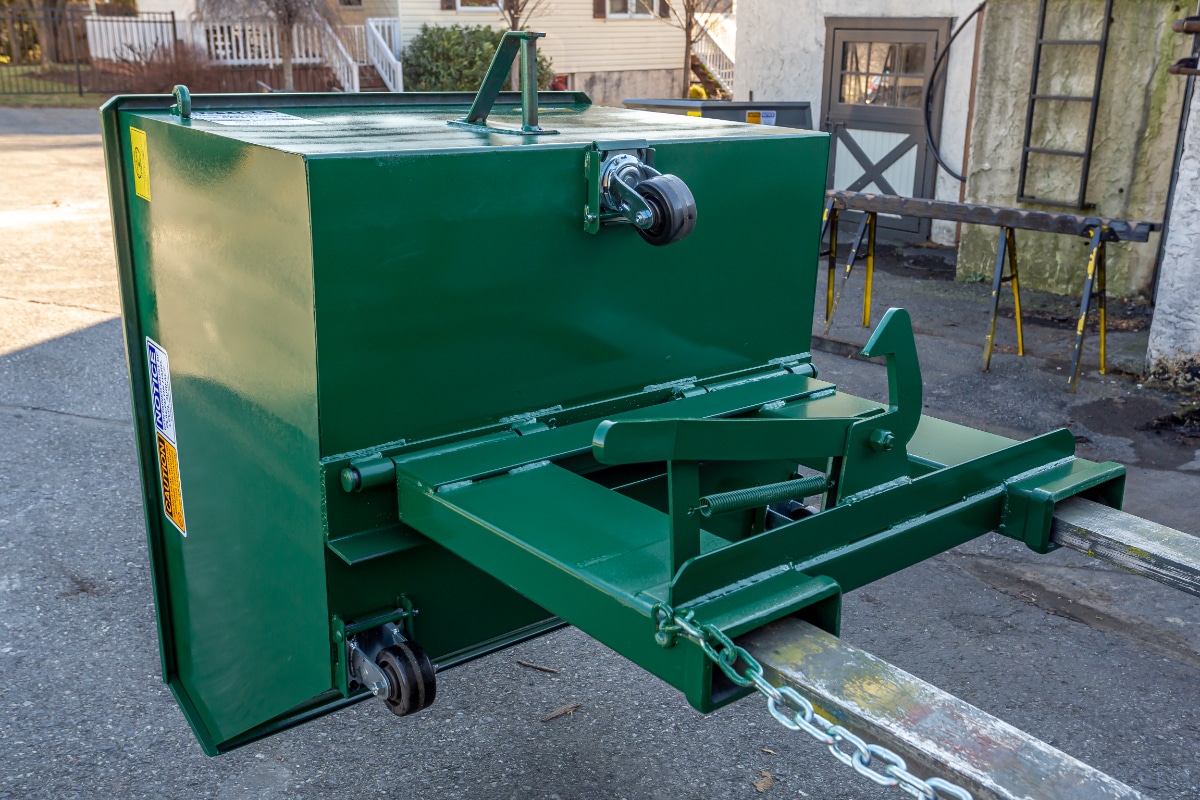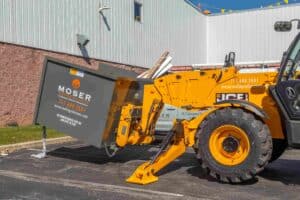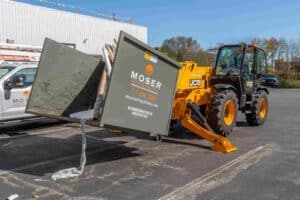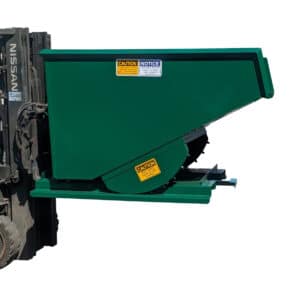If your team is still wrestling with barrels or dragging overloaded trash cans across the floor, you’re not just wasting time, you may be playing with fire. Old-school material handling leads to back injuries, OSHA violations, and a whole lot of frustration. A self-dumping hopper is the fix that removes half the risk from your workflow.
Key Takeaway: Self-dumping hoppers cut injury risks, save time, and keep forklift operators safely in their seat. Add pull-rope or bump-and-dump features for even more efficiency.
The Problem: Outdated Trash Handling Is an Accident Waiting to Happen
At Creekside Manufacturing, we’ve seen the worst of it. We’ve watched crews load up trash cans on pallets, forklift them over to dumpsters, then climb up to dump the load by hand. It’s a perfect recipe for injury. People fall. Trash cans tumble into the bin. Someone has to crawl in after them. We’ve heard all the horror stories.
Common scenario: someone bypasses proper safety gear, hoists a trash can over their head, and tips it into the dumpster. In the process, they’re risking a fall, a back strain, or a nasty run-in with sharp debris.
How a Self-Dumping Hopper Keeps Your Team Safer
The genius of a self-dumping hopper is that it cuts out all the nonsense. The forklift operator picks up the loaded container and dumps it without ever unbuckling their seatbelt.
Used properly, these hoppers practically eliminate injuries.
What injuries are we talking about?
- Falling from elevated positions while dumping by hand
- Back and shoulder injuries from repetitive lifting
- Pinched fingers near unprotected latches
- Cuts and punctures from reaching into waste containers
With fewer manual touch points, there’s simply less risk involved.
Don’t Skip the Features That Actually Matter for Safety
Two options stand out when it comes to safer dumping with a self-dumping hopper:
- Pull-rope release: Great for tight spaces or fragile surroundings like trailers. Operators stay seated and trigger the dump with a rope.
- Bump-and-dump: The fastest option. Line up with the dumpster, bump the front, and gravity does the rest.
More and more businesses are requiring one of these systems, especially after dealing with injury claims. Keeping operators in their seat is the safest option, hands down.
And don’t forget the most overlooked part of the setup: the safety chain. We’ve had plenty of customers call to replace a hopper that was accidentally dumped right into the bin. Happens more than you’d think.
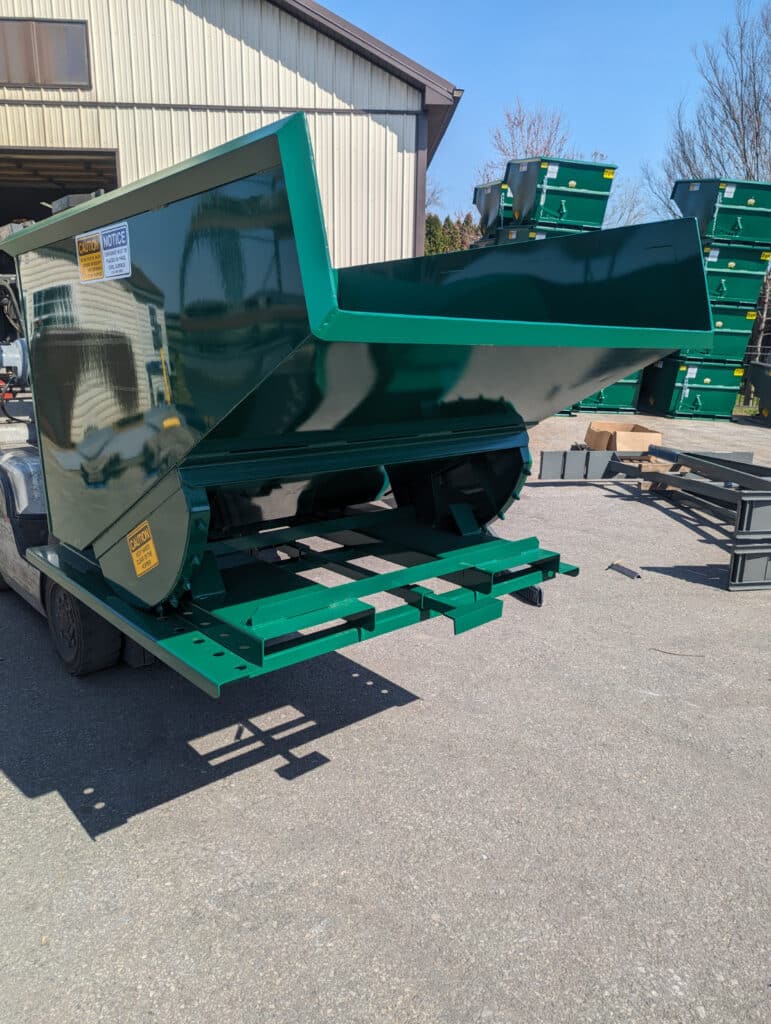
Don’t Let These Rookie Mistakes Trip You Up
Hoppers are easy to use, but there are a few spots where people mess up:
- Not securing the safety chain: If the hopper slides off the forks, you’ve got a real mess…and risk.
- Loading unevenly: These hoppers operate on balance. Stacking cinder blocks at the back of the dumpster will
- Overfilling the top: Debris can spill over during dumping and land where it shouldn’t.
Luckily, it takes less than two minutes to show someone how to use one. Training is fast, and the decals on the hoppers are clear and direct.
It’s Not Just Safer, It’s Way Faster
Safety’s important. So is not wasting half your work shift hauling junk.
Dumping barrels can take 15–20 minutes depending on your setup. With a self-dumping hopper, you can be back on the job in under five.
Every second saved adds up, especially when you’re not making multiple trips or cleaning up after another barrel tip-over.
Thinking About Making the Switch? Start With This Question
Where do injuries keep happening? Find those spots, and you’ll probably also find areas where material is being handled way too many times. That’s where a self-dumping hopper starts to shine.
Most companies lose time and money from handling the same stuff again and again. If you can fix that with a better system, it pays for itself.
Want to Fix Safety and Speed at the Same Time?
Creekside Manufacturing builds hoppers that don’t cut corners. You’ll get smart options like bump-and-dump or pull rope release, plus the durability to last. Get in touch and let’s see what would actually work best in your shop.

